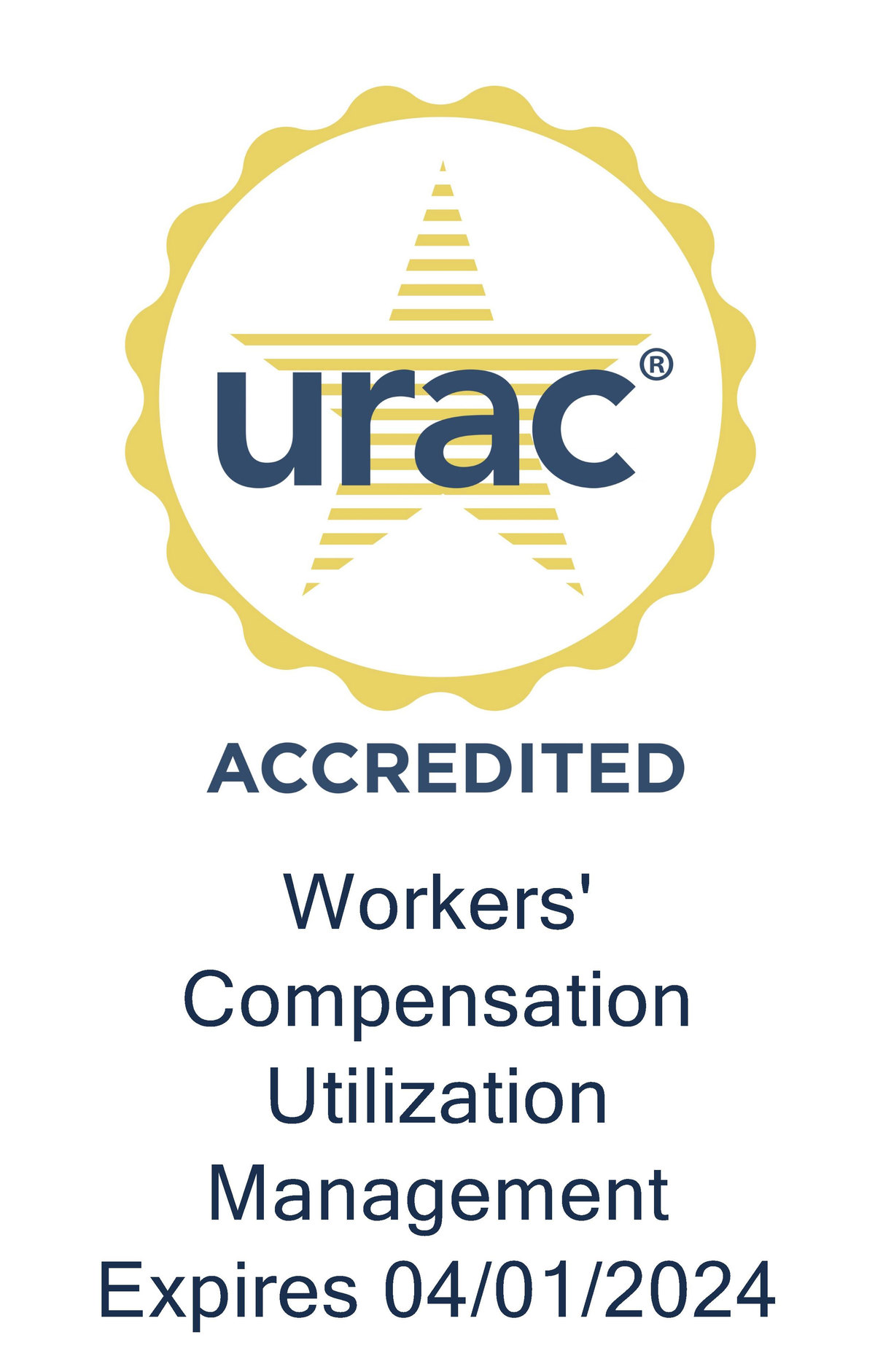In a sea of claims, workers’ compensation professionals need help spotting the cases that are headed for risky waters. Does a claimant have a history of substance abuse? Do they have other existing conditions, such as diabetes, which could hamper an injured worker’s ability to heal and recover?
Scoring cases represents an increasingly sophisticated marriage of data science — with artificial intelligence and predictive models — and the “heart” of case managers, who use their expertise and empathy to assist injured workers with their journey to recovery and return to work. In this same manner, workers’ compensation programs utilize severity scores as a means to assess and categorize cases on a 100-point scale from “low” to “extreme” risk. As a case is scored higher along this spectrum, there is increased value in getting a case manager to oversee the case.It’s easy to spot catastrophic cases and understand the value in referring these cases for medical management, but it’s difficult to track the many individual factors that together escalate a case into a high-risk profile. These days, financial institutions and banks employ credit scores to consider the many elements that impact the risk of a credit applicant — for example, late payments and small balances across many different credit cards could add up to a high risk.
I recently collaborated with our National Director of Case Management, Mariellen Blue, to explain how Genex is using data analytics to score claims and to spot the cases that would most benefit from intervention. You can read more about this trend in our recent WC Magazine article, “Lowering the Score.”






